William Craig Brydwell9781893997752, 1-893997-75-8
Table of contents :
Modern Methods for Lipid Analysis by Liquid Chromatography/Mass Spectrometry and Related Techniques……Page 1
Preface……Page 3
Acknowledgments……Page 5
Contents……Page 6
Introduction……Page 8
Table of Contents……Page 0
The Development of LC-MS Techniques……Page 9
API Interfaces……Page 15
References……Page 23
Biological Aspects……Page 26
Medical Applications of Liposomes……Page 29
Liquid Chromatography of Phospholipids in Combination with Mass Spectrometry……Page 30
Electrospray Ionization Mass Spectrometry of Phospholipids……Page 40
Quantification of Phospholipids using ESI-MS……Page 59
Concluding Remarks……Page 60
References……Page 61
Introduction……Page 68
Tandem Mass Spectrometry……Page 69
Preparation of Deuterium-Labeled Lipid Standards……Page 70
Molecular Species Formed by Electrospray Ionization……Page 71
Fragmentation Processes of the [M + H]+ Ions……Page 72
GPCho……Page 78
GPEtn……Page 85
[M + Li]+ Ions of Plasmalogen GPEtn and Plasmanyl GPEtn……Page 89
[M – H + 2Li]+ Ions of GPEtn……Page 91
[M + Li]+ Ions of GPSer and GPGro……Page 93
Triacylglycerols……Page 100
Ceramide……Page 101
Glycosphingolipids……Page 114
Sphingomyelin……Page 118
GPCho……Page 119
GPA……Page 122
GPSer……Page 127
GPEtn……Page 129
GPGro……Page 135
Acylphosphatidylglycerol……Page 137
Cardiolipin……Page 138
GPIno……Page 143
Phosphatidylinositol Monophosphate (PIP) and Phosphatidylinositol Bisphosphate (PIP2)……Page 148
Phosphatidylinositol-4,5-Bisphosphate (PI-4,5-P2) and Phosphatidylinositol-3,4-Bisphosphate (PI-3,4-P2)……Page 153
Lysophospholipids, Plasmenylphospholipids (Plasmalogens), and Plasmanylphospholipids……Page 154
Phospholipids Consisting of Polyunsaturated Fatty Acid Substituents……Page 157
Ceramide……Page 159
Sulfatide……Page 165
References……Page 178
Specialized Methodology……Page 186
Extraction and Purification……Page 187
Derivatization……Page 188
Quantification……Page 189
Hydroperoxides, Epoxides, and Hydroxides……Page 191
Ozonides……Page 193
Hydroperoxides, Epoxides, and Hydroxides……Page 194
Isoprostanes, Neuroprostanes, and Dinorprostanes……Page 195
Core Aldehydes……Page 197
Ozonides……Page 199
Hydroperoxides, Epoxides, and Hydroxides……Page 203
Isoprostanes, Neuroprostanes, and Dinorprostanes……Page 211
Core Aldehydes……Page 212
Ozonides……Page 219
Hydroperoxides, Epoxides, and Hydroxides……Page 220
Isoprostanes, Neuroprostanes, and Dinorprostanes……Page 226
Core Aldehydes……Page 232
Ozonides……Page 235
Summary and Conclusions……Page 239
References……Page 241
Atmospheric Pressure Chemical Ionization……Page 249
Results and Discussion……Page 250
APCI-MS of FAME……Page 251
LC/APCI-MS of Very-Long-Chain Polyunsaturated Fatty Acids (VLCPUFA)……Page 255
LC/APCI-MS of Fatty Acids and Resin Acids……Page 259
LC/APCI-MS for Oxidized FA……Page 261
LC/APCI-MS of FA Amide Derivatives……Page 263
Other Applications of LC/APCI-MS to PUFA……Page 265
Vitamin Metabolites by LC/APCI-MS……Page 272
LC/ESI-MS Methods for FA Analysis……Page 274
LC/ESI-MS of Oxidized FA……Page 275
Conclusions……Page 276
References……Page 278
Enzymatic Approaches……Page 283
Nuclear Magnetic Resonance……Page 285
Mass Spectrometric Methods……Page 286
APCI Spectra of TAG……Page 287
Position of FA Substitution……Page 290
Regiospecific Analysis of Complex Mixtures of TAG……Page 293
References……Page 300
Introduction……Page 305
Atmospheric Pressure Chemical Ionization Mass Spectrometry for TAG Analysis……Page 306
Electrospray Ionization Mass Spectrometry for TAG Analysis……Page 308
Principles of APCI-MS……Page 311
Principles of ESI-MS for TAG Analysis……Page 317
API-MS Mass Spectrometers……Page 320
Triacylglycerols……Page 323
TAG Positional Isomers……Page 371
Quantitative Analysis……Page 387
Other Applications of HPLC/APCI-MS to TAG and FA Analysis……Page 402
Dual Parallel Mass Spectrometry……Page 409
References……Page 411
Introduction……Page 420
Approaches to the LC-MS Analysis of Carotenoids……Page 422
Analysis of Foods and Natural Products……Page 426
Biomedical Applications of LC/APCI-MS and LC-MS/MS……Page 429
Summary……Page 432
References……Page 434
Materials……Page 438
Isolation of Glycolipid Classes……Page 439
HPLC/APCI-MS……Page 440
Molecular Species of Monogalactosyldiacylglycerol and Digalactosyldiacylglycerol……Page 441
Molecular Species of Ceramide Monoglucoside……Page 444
References……Page 451
Introduction……Page 454
Candida Species Sophorolipids……Page 455
Rhodotorula bogoriensis Sophorolipids……Page 461
Oligomeric and Polymeric Sophorolipids……Page 462
Galactopyranose Sophorolipids FA Ester……Page 465
Rhamnolipids……Page 471
References……Page 475
Experimental……Page 479
The Ionization Mechanism……Page 480
Applications……Page 485
APPI in the Analysis of Steroids……Page 486
References……Page 489
Introduction……Page 495
Principles of ESI……Page 496
Classifications of Cellular Lipids Based on Their Electrical Propensities……Page 497
Ethanolamine-Containing Glycerophospholipids……Page 499
Choline-Containing Lipids and Nonzwitterionic Polar Lipids……Page 504
Lipid Metabolites……Page 506
A Common Strategy of ESI Intrasource Separation for Major Classes of Lipids……Page 507
The Role of Apolipoprotein E in the Central Nervous System……Page 509
Conclusions……Page 510
References……Page 513
HPLC/APCI-MS for Triacylglycerol and Phospholipid Analysis……Page 517
HPLC/ESI-MS for Triacylglycerol Analysis……Page 518
HPLC/ESI-MS for Phospholipid Analysis……Page 519
Parallel Mass Spectrometry Techniques……Page 520
Experimental……Page 521
Materials……Page 522
LC2/MS2 Liquid Chromatography Instrumentation……Page 523
LC1/MS2 Mass Spectrometry Instrumentation……Page 525
LC2/MS2 Mass Spectrometry Instrumentation……Page 526
LC1/MS2 Experiments……Page 527
LC2/MS2 Experiments……Page 552
References……Page 579
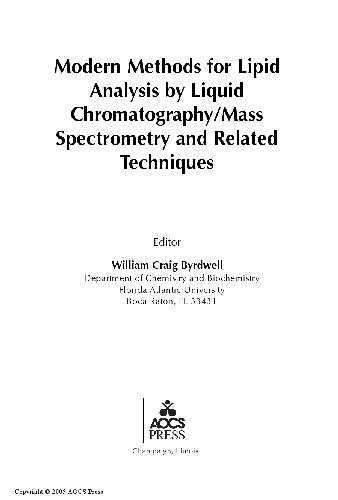

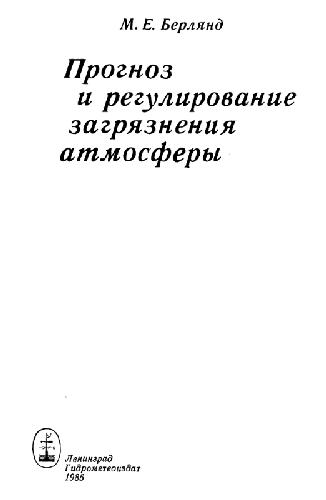
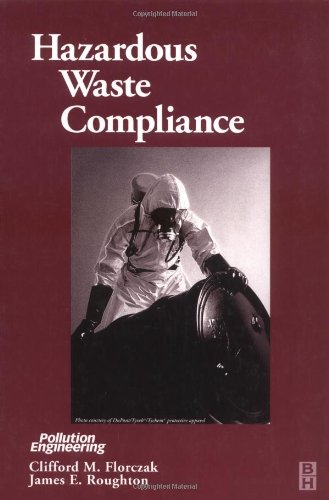
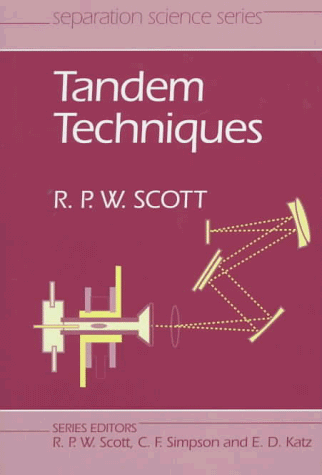
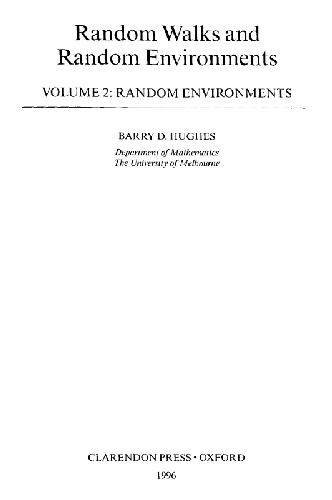
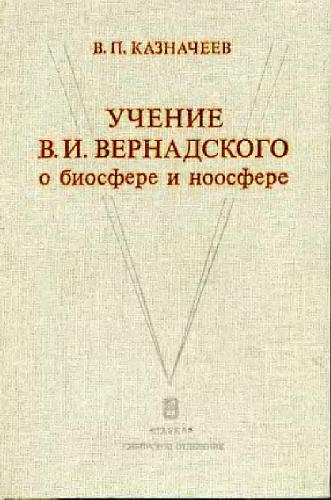
Reviews
There are no reviews yet.